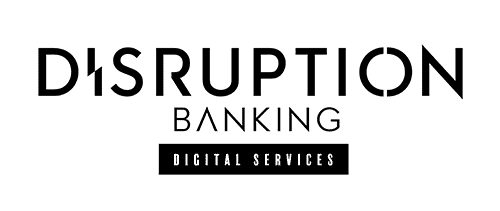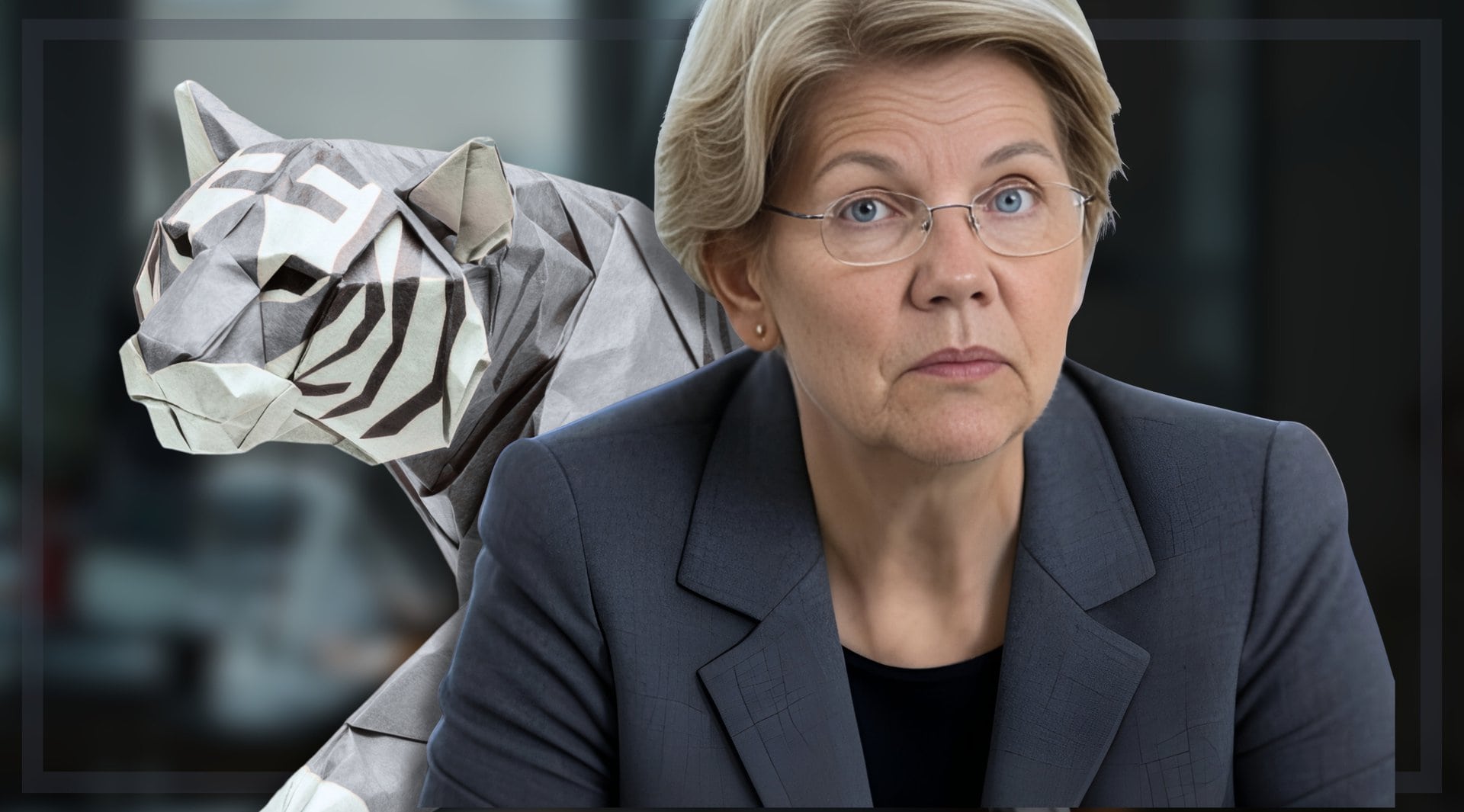Pareto’s Matteo Pandolfi on the future of on-chain credit
Credit markets underpin global financial stability yet remain burdened by inefficiencies, opaque processes, and restrictive access. Conventional lending is characterized by labor-intensive processes and high levels of intermediary involvement. Traditional private credit markets frequently suffer from manual processes, delayed settlements, and insufficient transparency. For instance, the conventional settlement process for securities transactions typically requires two days (T+2), during which capital is tied up, leading to increased credit and market risks.
However, a transformation is already underway – powered by on-chain credit infrastructure – that promises to radically improve the way capital moves between lenders and borrowers.
DeFi-enabled lending provides a compelling alternative, offering live, on-chain data maintained in a unified decentralized ledger as the single source of truth, fostering transparency and standardization throughout the lending life cycle. Smart-contract-enabled calculations of payouts and streamlined reporting significantly reduce costs and labor. Shortened settlement cycles and access to broader capital pools enable faster transaction flow and potentially lower the cost of capital for borrowers. Studies have shown that implementing blockchain technology in capital markets can lead to cost savings of up to 85% in middle and back-office processes by 2028 compared to existing infrastructures.
The Institutional Shift: On-Chain Credit Goes Live
This shift is already underway among leading institutional players. In early 2025, prominent asset managers such as Fasanara successfully deployed Pareto’s advanced on-chain credit infrastructure, executing multiple comprehensive loan cycles through their dedicated Credit Vaults. Similarly, Bitwise partnered with Maple to access DeFi-based credit markets.
These example highlight the substantial operational improvements institutions can achieve, aligning with projections that blockchain integration could significantly reduce middle and back-office operational costs, enhancing competitiveness and operational agility across the financial sector. Additionally, on-chain credit infrastructure offers unprecedented flexibility, enabling borrowers to precisely tailor loan terms – including amounts, interest rates, redemption schedules, lock-up periods, and compliance requirements – to swiftly adapt to market shifts and lender demands. By automating these customizable features, institutions replace manual, cumbersome deal-by-deal processes like OTC negotiations, substantially saving time and resources, thereby significantly streamlining operations and enhancing market responsiveness.
The Advantages of Tokenized Credit
Conventional credit markets are hampered by cumbersome settlement cycles, opaque transaction processes, and outdated reconciliation methods. On-chain credit directly addresses these challenges, delivering:
- Instant Settlement: Eliminating multi-day transaction delays through blockchain technology.
- Transparency: Providing a unified, tamper-proof ledger accessible in real time.
- Automated Compliance: Enforcing risk and regulatory policies through smart contracts.
- Dynamic Monitoring: Offering lenders and borrowers continuous, accurate tracking of capital flows and risks.
One notable example in the institutional on-chain credit space is Pareto. Their credit infrastructure combines professional, curated underwriting standards with automated smart contracts, further streamlining the lending process and significantly reducing administrative friction. This enables institutions to effectively allocate capital and mitigate risk with unprecedented agility.
Unlocking New Sources of Capital
Tokenization of credit also facilitates access to broader and more diverse sources of capital. Data from early institutional deployments of on-chain credit, which achieved reductions in operational costs and faster access to liquidity, underscore the practical advantages. Studies and initial case results show that tokenizing real-world assets can reduce transaction costs significantly, increase capital efficiency, and accelerate deployment and repayment cycles, thus providing compelling proof points for wider institutional adoption. Furthermore, this infrastructure enables sophisticated borrower-specific customizations, allowing highly adaptable and agile responses to fluctuating market conditions and lender expectations.
Looking Ahead: On-chain Data-Driven Underwriting
The next frontier in credit markets will leverage real-time borrower data, financial metadata tokenization, and automated underwriting via smart contracts. Using advanced cryptographic techniques such as zero-knowledge proofs (like zkTLS infrastructure), credit providers can create robust, on-chain credit scores, enabling secure yet privacy-preserving assessments. This innovation supports automated, dynamic loan provisioning, where terms and conditions are continuously adapted based on real-time analytics of borrowers’ financial health.
Beyond human borrowers, this infrastructure will uniquely position DeFi as a native financial layer for AI-driven economic agents. As AI agents increasingly manage economic activities, integrating DeFi rails will optimize programmability, liquidity, efficiency, and settlement speed. Eventually, the convergence of AI-driven workflows and DeFi’s technological advantages will propel a significant share of financial activity onto blockchain-based infrastructures. This shift indicates that the future economy will inevitably rely on on-chain rails, ushering in a new class of internet-native economic actors capable of seamlessly interacting with credit markets.
If we were to design the future of credit markets, we’d undoubtedly embed the best of digital assets: 24/7 availability, instant global collateral mobility, equitable access, DeFi composability, and blockchain transparency.
— Pareto (prev Idle) (@paretocredit) February 11, 2025
With regulatory clarity and infrastructure maturing,… pic.twitter.com/y4FTK5zv4S
Building the Future of Credit Markets
Tokenized credit infrastructure promises transparency, efficiency, and broad accessibility. Institutional players, through initiatives like Fasanara’s recent on-chain credit transactions, are already setting standards that can redefine the private credit market, estimated at over $1.5 trillion. The future lies in adopting these innovative solutions at scale, facilitating seamless capital flows, and bridging traditional finance with the rapidly evolving digital asset landscape.
It’s time to build credit markets that are open, efficient, transparent, and accessible to all institutional participants.
Author: Matteo Pandolfi
The editorial team at #DisruptionBanking has taken all precautions to ensure that no persons or organizations have been adversely affected or offered any sort of financial advice in this article. This article is most definitely not financial advice.
See Also:
Seeking Alpha in DeFi with Digital Opportunities Group | Disruption Banking














